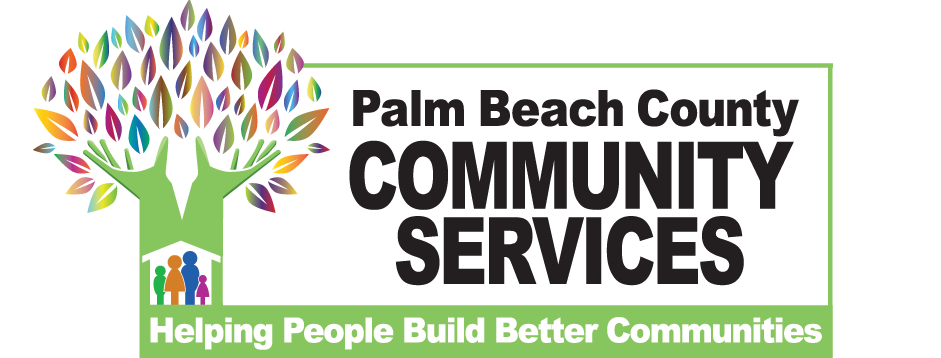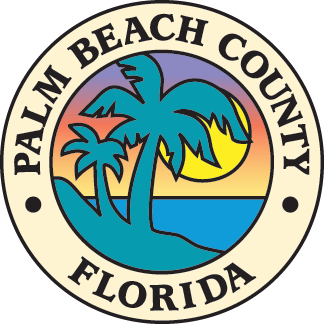SECURING OUR FUTURE is an initiative in partnership with Birth 22 United for Brighter Futures and the Citizens Advisory Committee on Health & Human Services (CAC/HHS) that seeks to create pathways for economic mobility for families with children ages 0-18 who are living below 200% of the federal poverty level (FPL) with a special emphasis on families that are 100% or below FPL and have the ability to work.
Our History
On December 14, 2017 the Citizens Advisory Committee on Health & Human Services (CAC/HHS) along with many other organizations from various sectors of the community came together to discuss ways to maximize the effectiveness of a System of Care in order to reduce poverty in Palm Beach County. During the meeting, participants discussed the poverty objective outlined in the Health and Human Services Element of Palm Beach County’s Comprehensive Plan. Participants also discussed the development of a community plan to reduce poverty using a systems thinking approach as well as the eight steps to leading change outlined by John Kotter.
Our Vision
A System of Care that maximizes economic mobility for targeted families.
Our Mission
To collaborate with stakeholders to create an ecosystem that supports innovative systemic change leading to increased economic mobility for low-income families.
Our Goals
To reduce poverty by 10% over the next 10 years by moving 188 households (with children ages 0 – 18) beyond the federal poverty threshold (and eventually the living wage or ALICE threshold) every year for the next decade.
To advance economic mobility by removing systemic barriers and enhancing access to effective and essential health and human services.
OUR Guiding Principles
We believe that:
 All workers should be able to earn a living wage and be provided an opportunity to
develop their skills over time to facilitate upward mobility.
All workers should be able to earn a living wage and be provided an opportunity to
develop their skills over time to facilitate upward mobility. Structural and Institutional racism must be dismantled in order to address the
economic disparities that currently exist.
Structural and Institutional racism must be dismantled in order to address the
economic disparities that currently exist.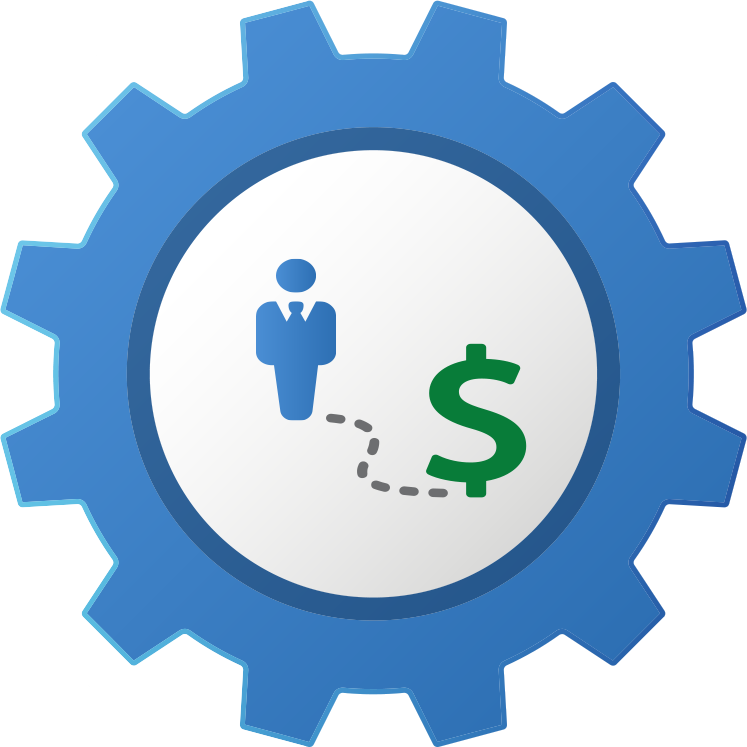 Elected officials, institutional leaders, employers, nonprofits, foundations, workers
and other members of society all play a role in individuals entering and staying in the workforce.
Elected officials, institutional leaders, employers, nonprofits, foundations, workers
and other members of society all play a role in individuals entering and staying in the workforce.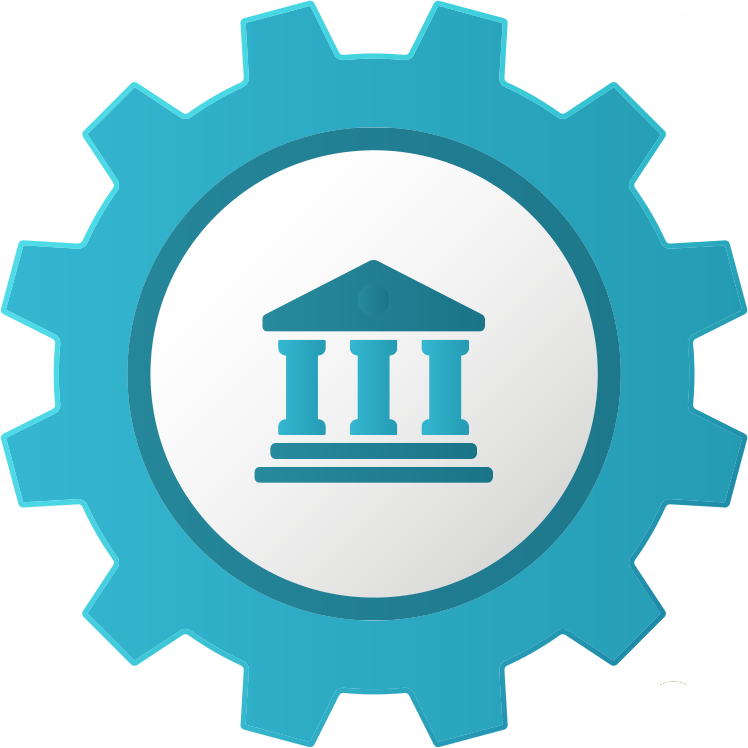 All residents should have the opportunity to work to their fullest potential, earn a
decent income as a primary way to meet their personal, social and economic responsibilities.
All residents should have the opportunity to work to their fullest potential, earn a
decent income as a primary way to meet their personal, social and economic responsibilities.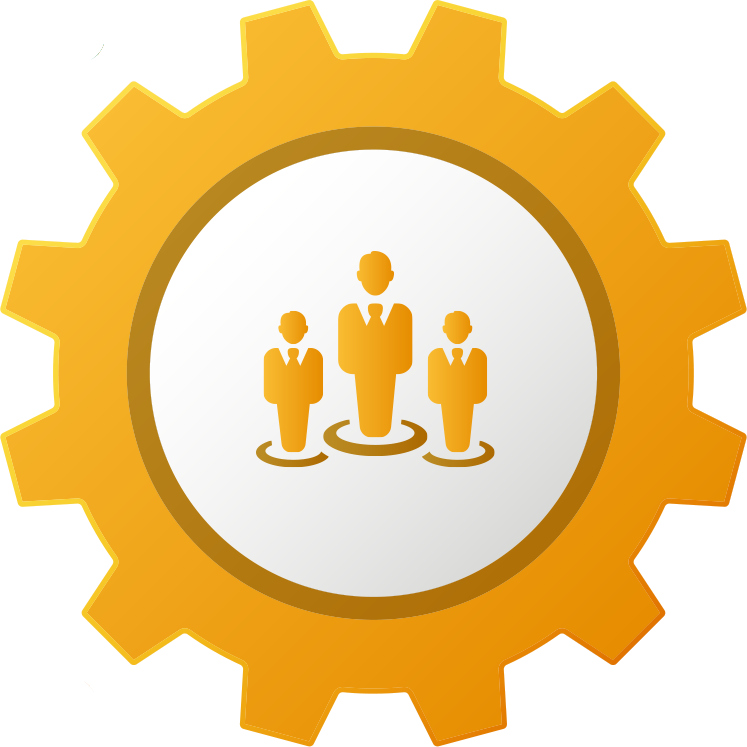 Businesses and other organizations play a critical role in providing quality work and
providing opportunities for upward mobility.
Businesses and other organizations play a critical role in providing quality work and
providing opportunities for upward mobility.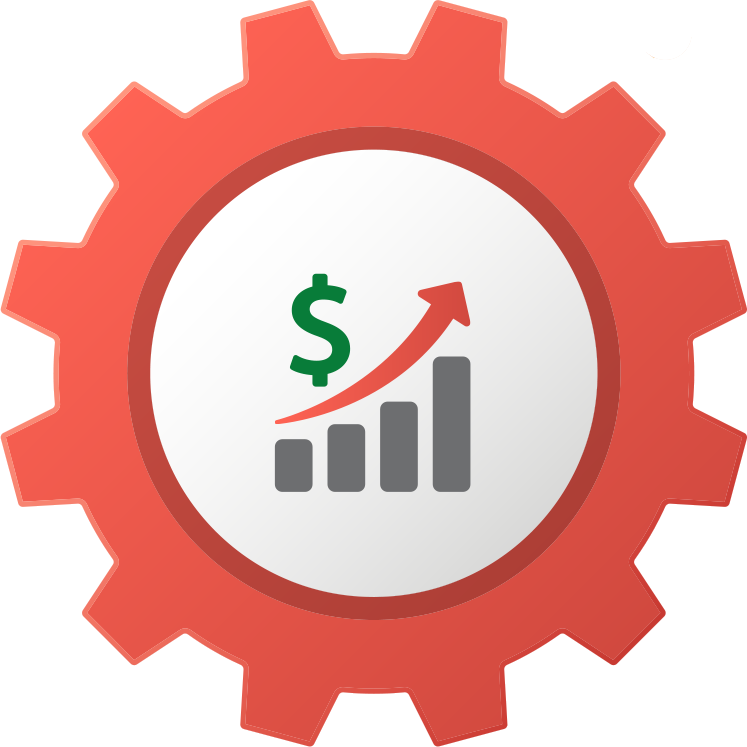 Employment support benefits should provide enough economic stability for families to
stabilize and advance economically and live in dignity.
Employment support benefits should provide enough economic stability for families to
stabilize and advance economically and live in dignity.OUR Model
Framework for Achieving Economic Mobility through Gainful Employment
Our Strategy
Our Strategy
 Research and Assessment
Research and Assessment
 Establish the
Shared Vision
Establish the
Shared Vision
 Develop the
Strategic Plan
Develop the
Strategic Plan
 Communicate
the Strategic Plan
Communicate
the Strategic Plan
 Mobilization Phase
Mobilization Phase
 Evaluation
Phase
Evaluation
Phase
Contact Us
Palm Beach County
Community Services
810 Datura Street
West Palm Beach, FL 33401
561-355-4700
Under Florida law, e-mail addresses are public records. If you do not want your e-mail address released in response to a public records request, do not send electronic mail to this entity. Instead, contact this office by phone or in writing.
